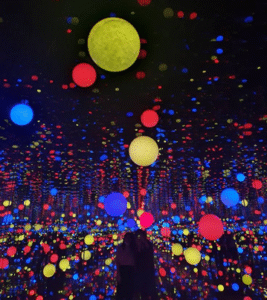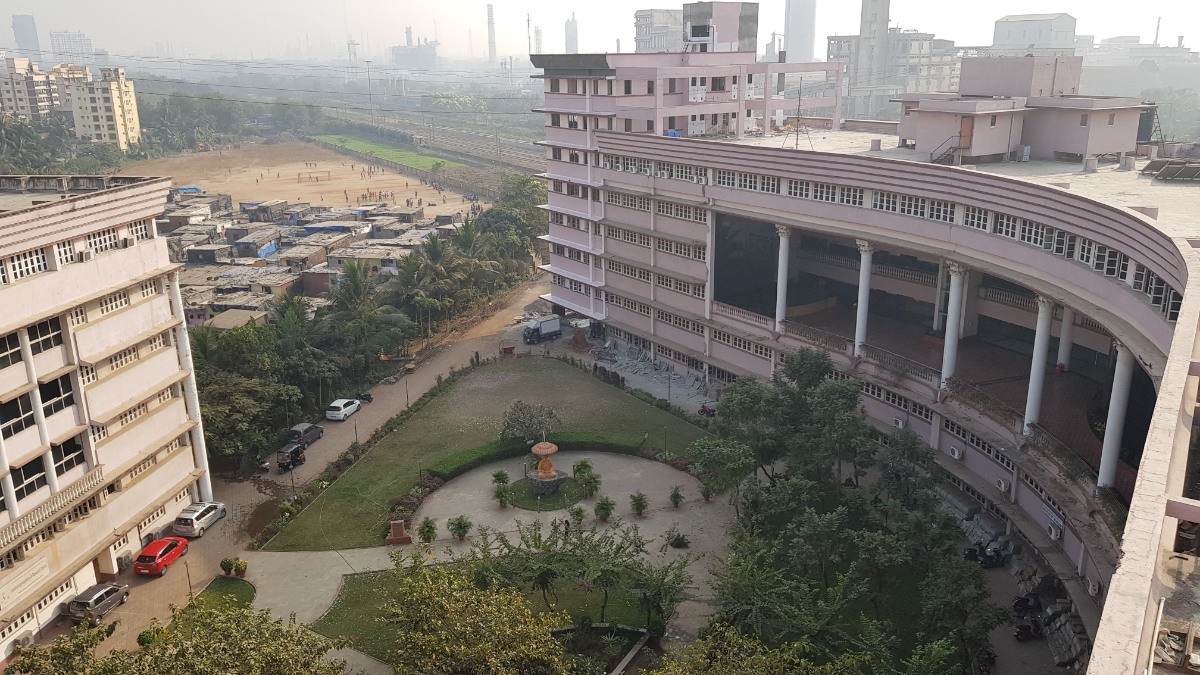

Bombay – the bustling metropolis, popularly known as ‘the city that never sleeps’ and the indisputable financial capital of India, is also home to a vibrant art scene. Further, the city’s art sector has seen a fascinating evolution throughout the city’s history, particularly in the way art galleries have evolved. In the course of the city’s transition from Bombay to Mumbai, its art sector has seen a remarkable shift, from traditional locations dedicated to presenting classical art to modern galleries pushing the limits of the artists and embracing diverse forms. With its never-ending energy, Bombay, it appears, is a canvas that has been repeatedly repainted over the years, reflecting the city’s ever-changing personality.
Bombay has a long trail of involvement in the arts, dating back to the establishment of Sir J.J School of Art in 1857. The city was a different place back in the 1960’s as there were fewer galleries back then. Gallery Chemould (Chemould – Prescott Road) owned by Kekoo Gandhy and Pundole Art Gallery (Ballard Estate) owned by Kali Pundole were among the first few galleries in the city.
The art scene thereafter shifted to traditional art galleries like the Jehangir Art Gallery and the National Gallery of Modern Art. These galleries played a pivotal role as they shaped the art culture of the city. They gave a platform to young artists to showcase their talent through paintings, murals, sculptures and any other artistic ventures.
But, as the city grew, so did its artistic expression. The shift to modern art spaces like Chemould, Prescott Road seemed like entering a completely new environment. The feeling at that point in history was that all boundaries were meant to be broken, which is evident in the art pieces as well. The canvases were no longer bound by the constraints of a traditional palette; instead, they showcased the shift to contemporary art. These changes welcomed experimentation by the artists and the city’s art aficionados seemed to appreciate the differences in opinions.
It was around the mid-1990s that galleries were less of exhibition spaces and more of dynamic, immersive environments where artists experimented with materials and concepts, and hence spaces to showcase art were not only indoors but outdoors as well. The Kala Ghoda Arts Festival was born in 1999 as an annual event that encompassed all kinds of art forms including visual arts, performing arts, literature and heritage walks. The sheer success of this idea can be credited to its all-inclusive approach showcasing both traditional and contemporary art forms in anticipatory formats.
Earlier showcasing international art was not that prominent. The discussions were centered more around home-grown artists. Showcasing international contemporary artists became more apparent. This inclusivity meant a broader perspective on art and what contemporary art meant to different kinds of people around the world.
Thereafter, the art world underwent a drastic change with the introduction of technology and fortunately, Mumbai’s art galleries embraced the digital art sector really quickly. Virtual exhibits changed the game by giving viewers an immersive art experience from the convenience of their homes and artists an international platform. Technology not only made art more accessible to a much wider audience, but it also demonstrated how the scene of art could change so quickly. The digital era in art brought with it a new dimension that blurred the lines between physical and virtual realms. Bombay’s galleries have become a junction in a largely linked network and it has left an imprint in the art culture of the world.
The NMACC (Nita Mukesh Ambani Cultural Centre), inaugurated last year, is the latest venue that serves as a comprehensive hub for Indian and international arts and culture which the centre, with its considerable resource back-up, showcases successfully to even the not-so-artistically-inclined.
Despite the fast-paced life in this city, Bombay’s (unfairly) infamous tough heart never stops being a canvas that takes in changes and redefines itself to keep in step with the world’s art trends. Essentially, the change in Bombay’s art scene is not just a transformation of spaces but a gradual shift in the identity of the art hub. Any kind of art form being evolved otherwise in the world has a space for them to be showcased here. Bombay is that work of art which is never completed and put away; it invites everyone to pick up a brush and contribute to the narrative of perennial change
– Reema Bal
2nd Year student, Vivekanand Education Society’s College of Architecture


